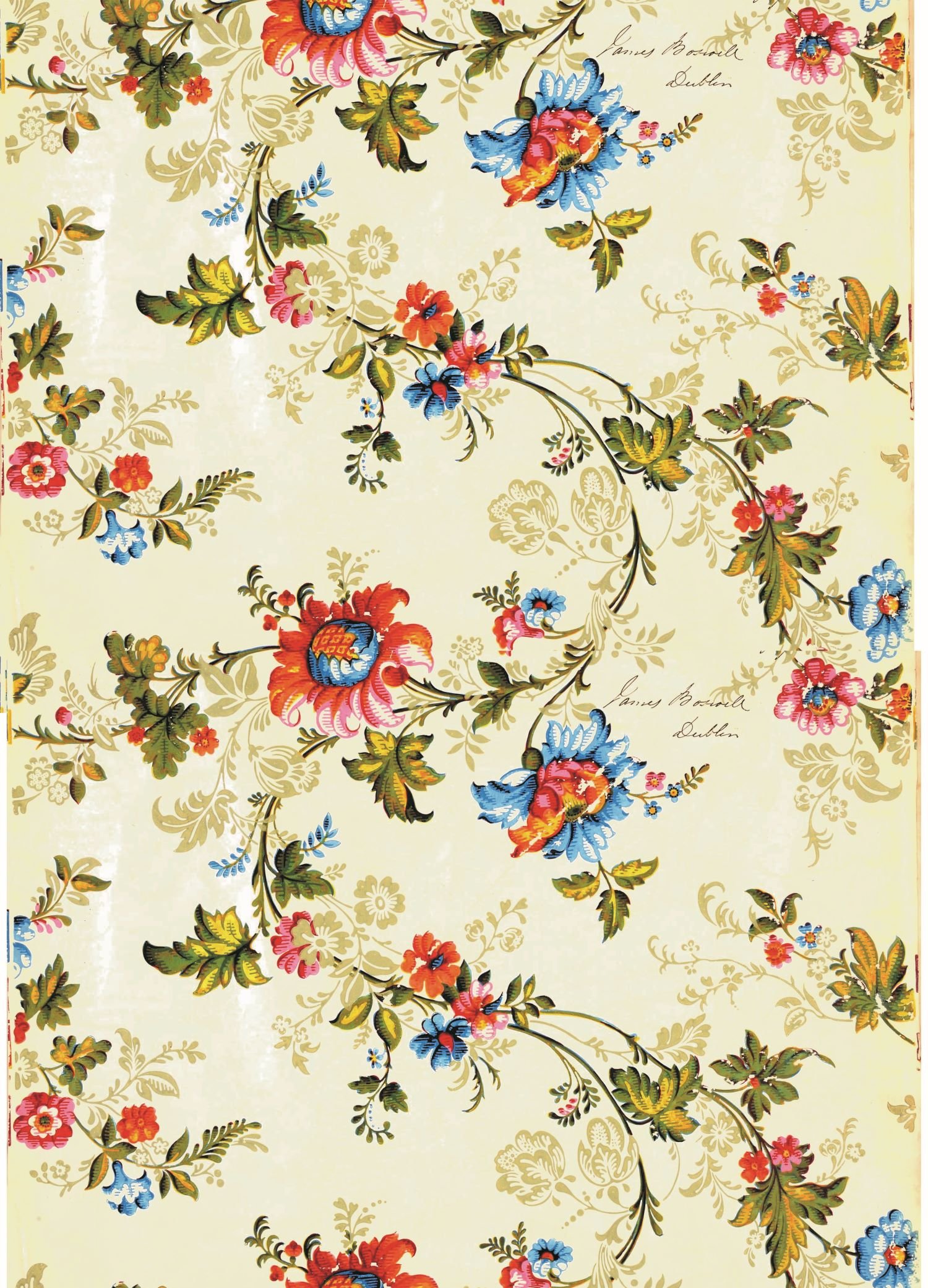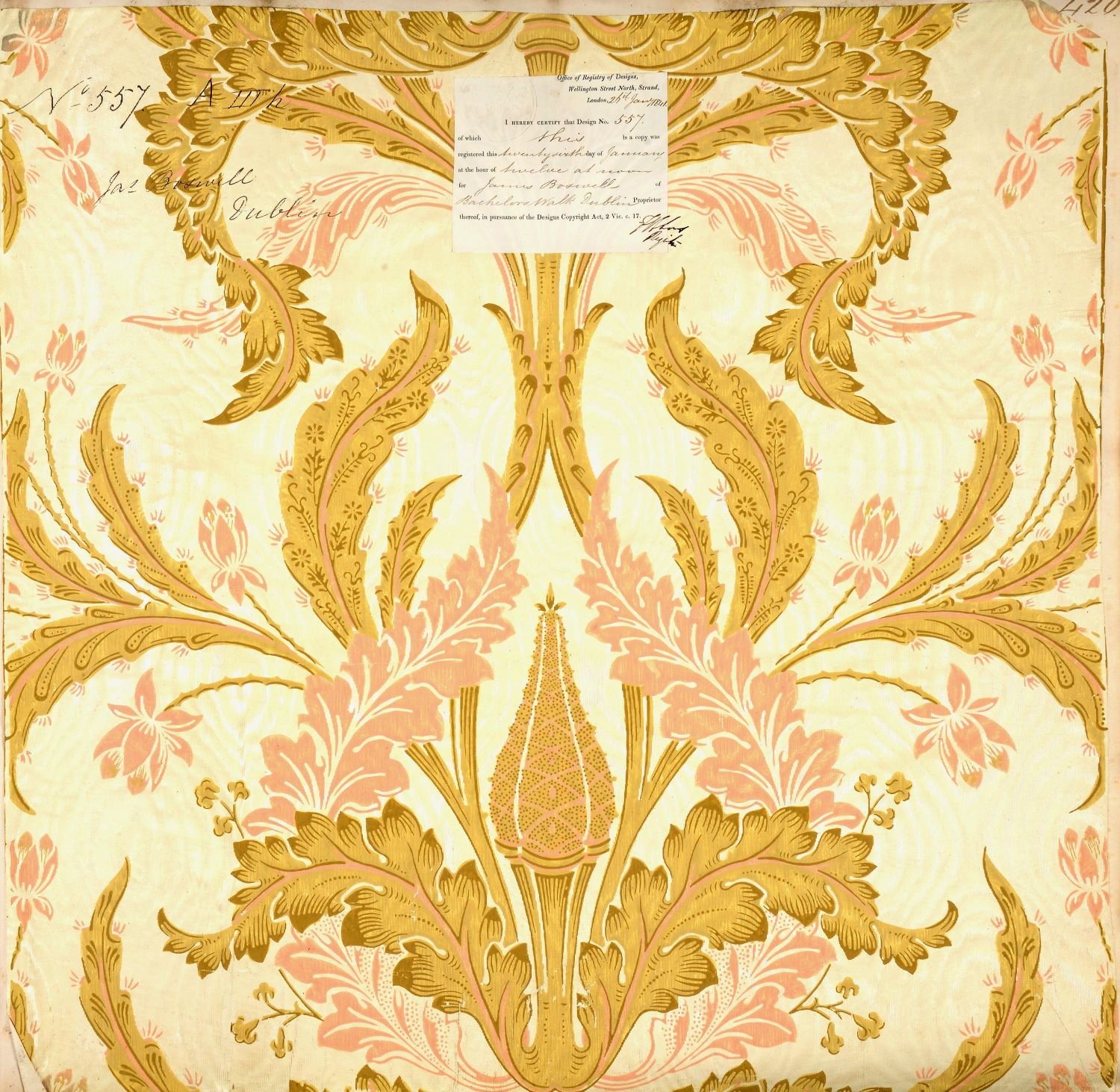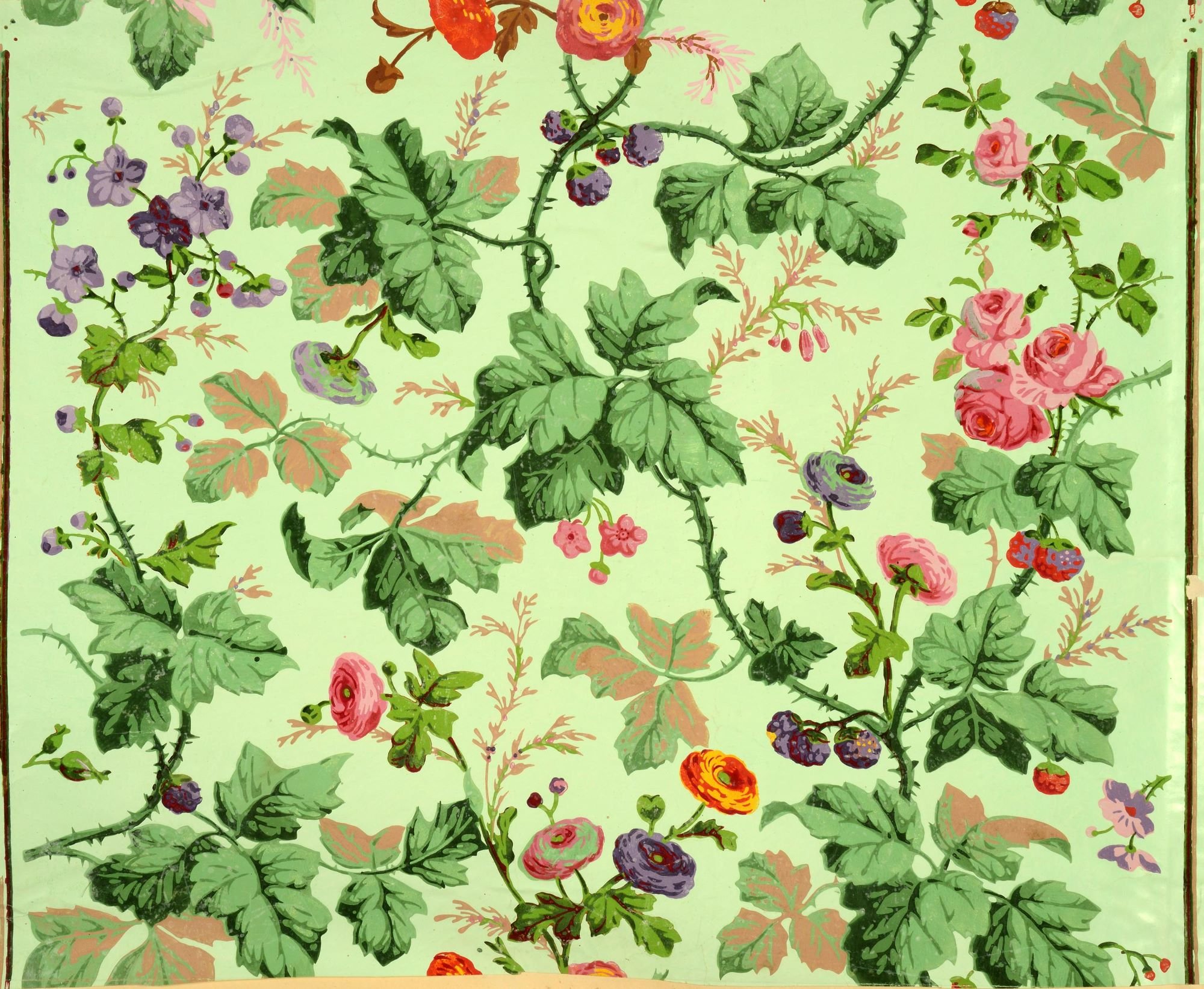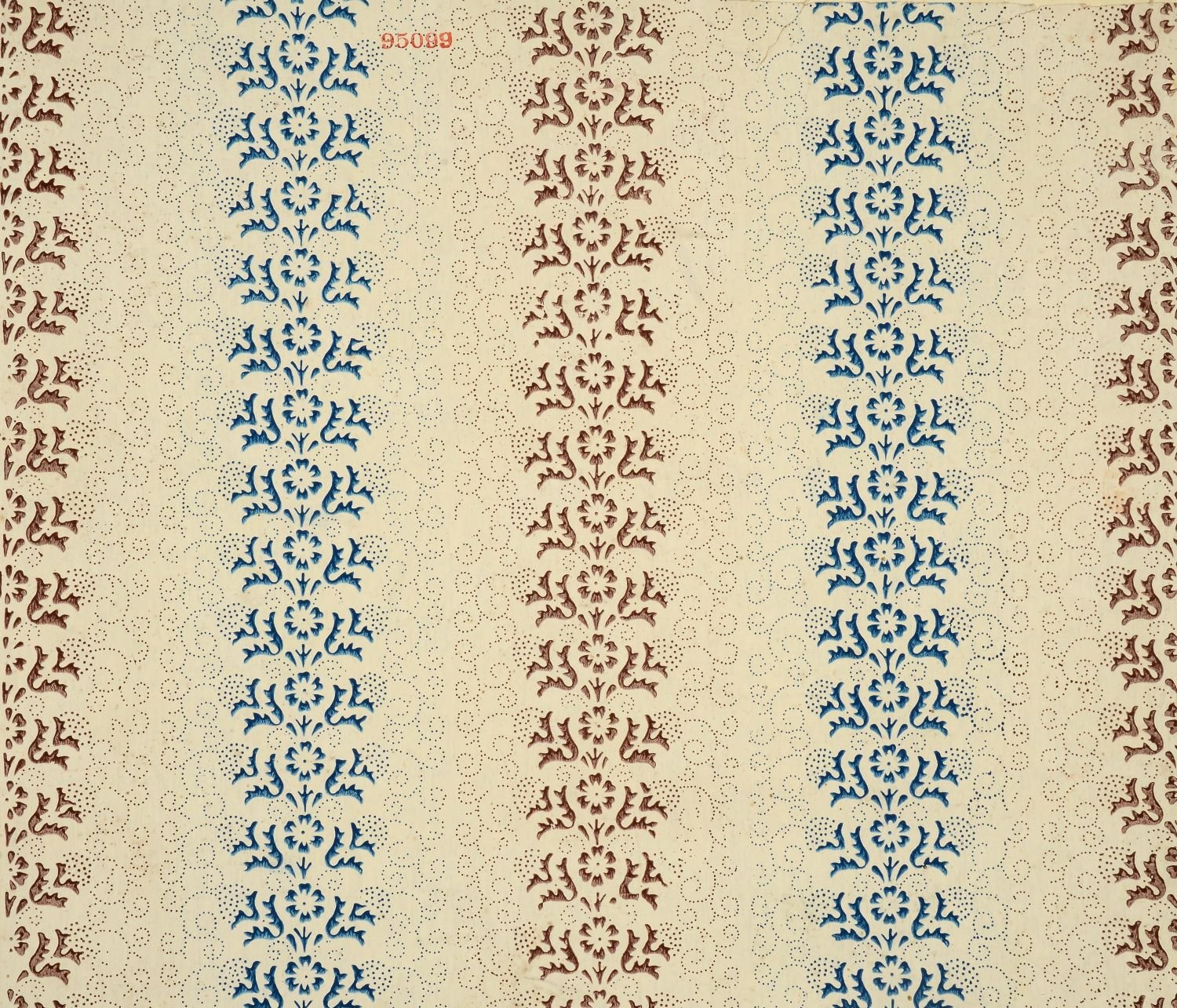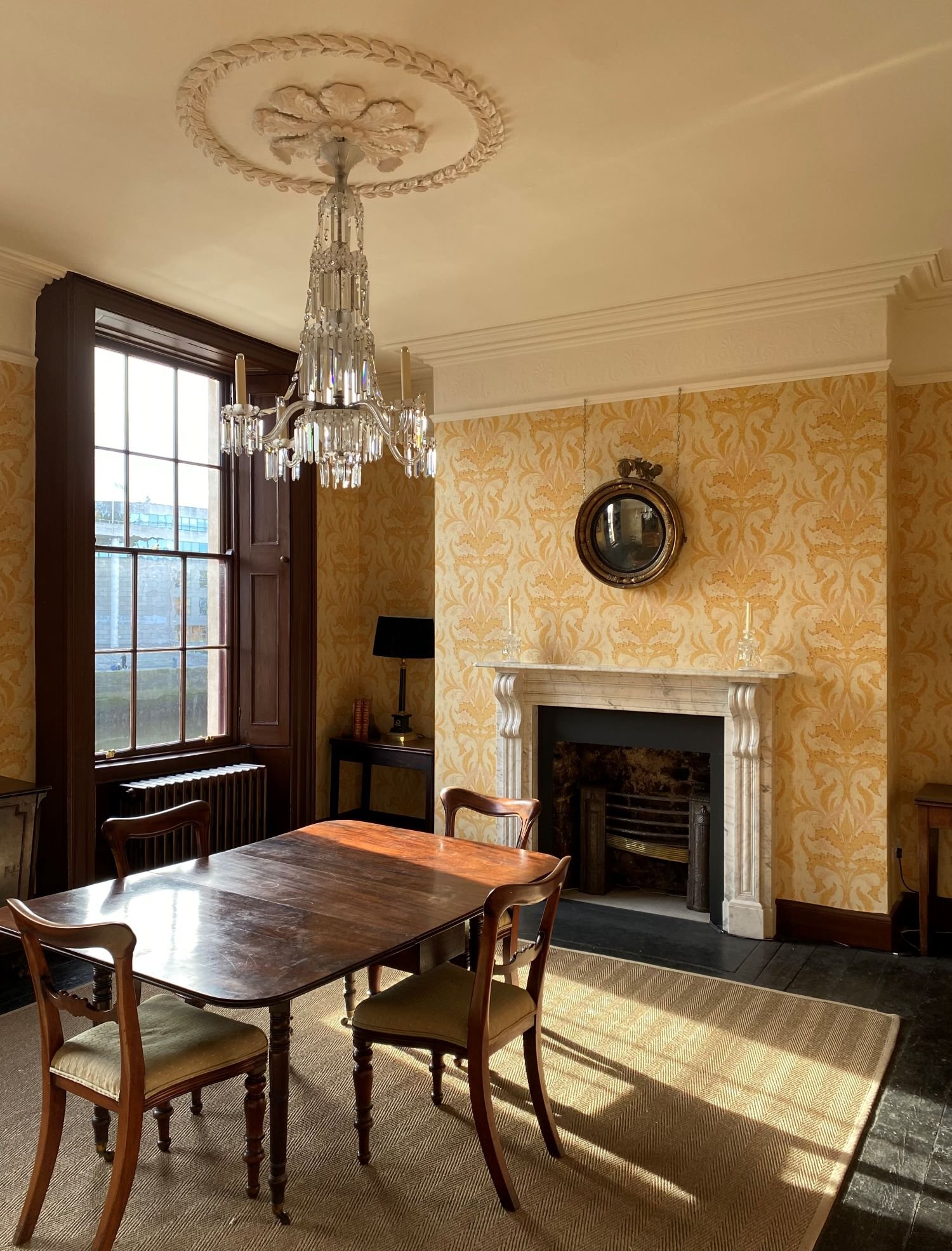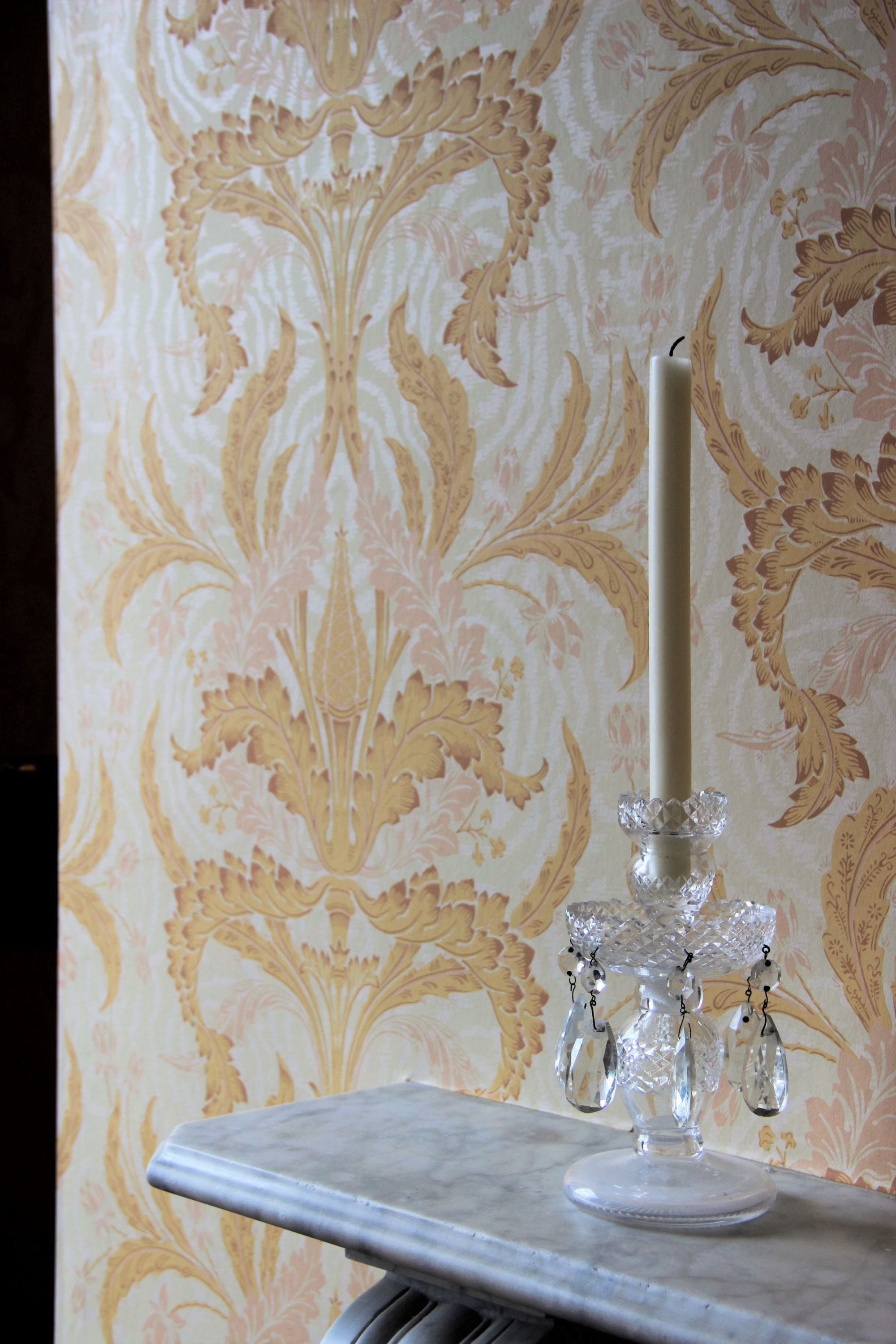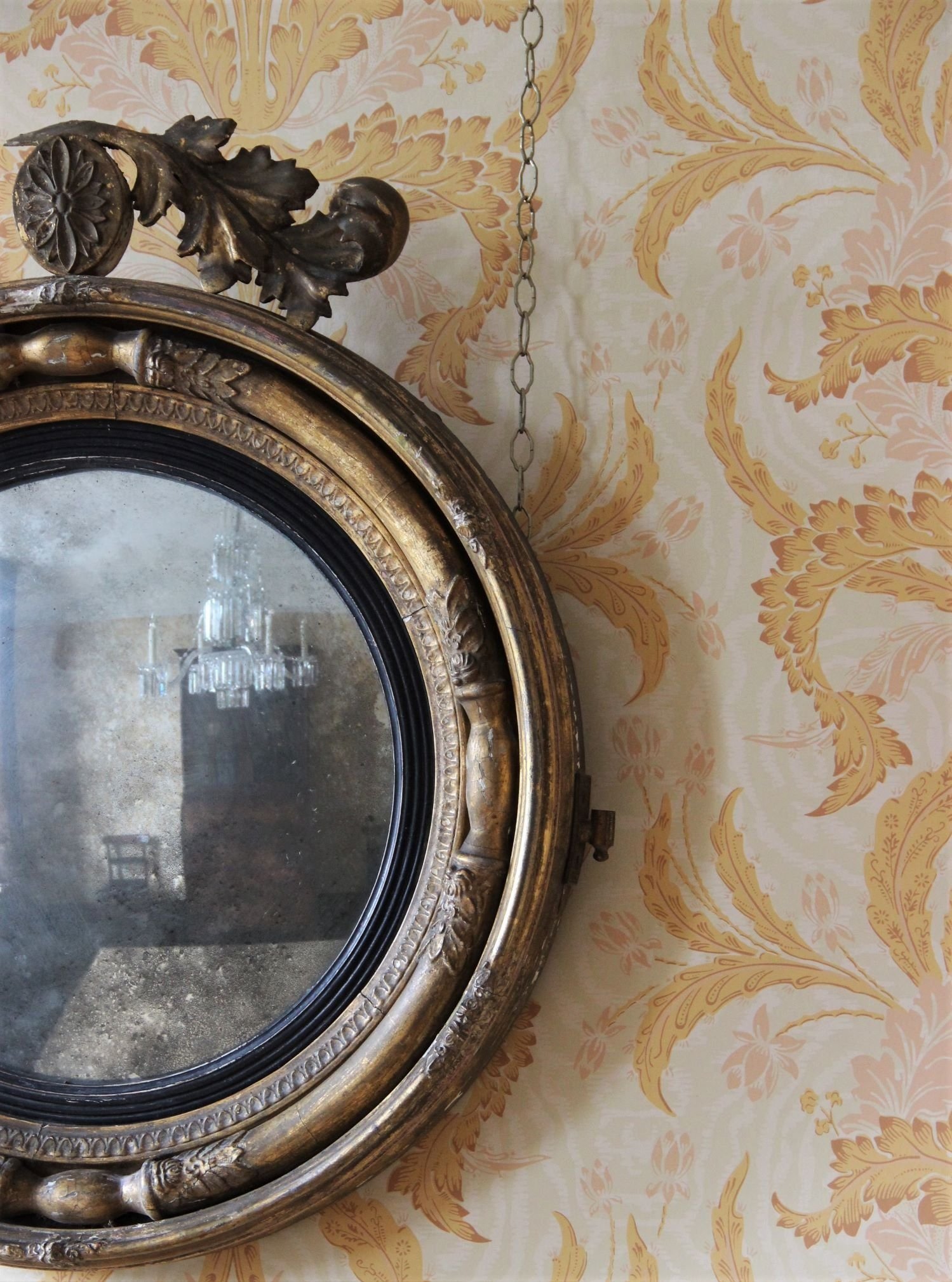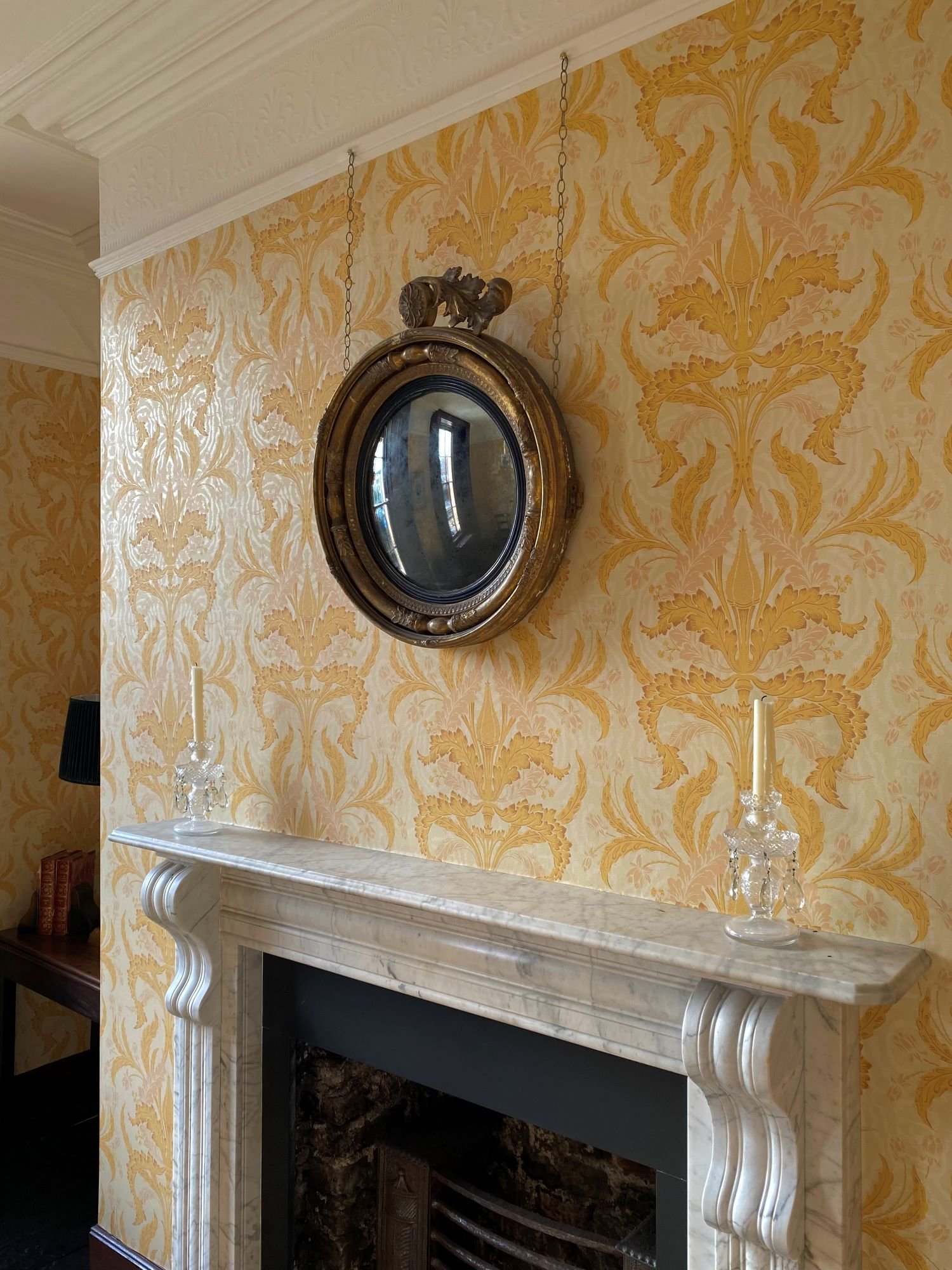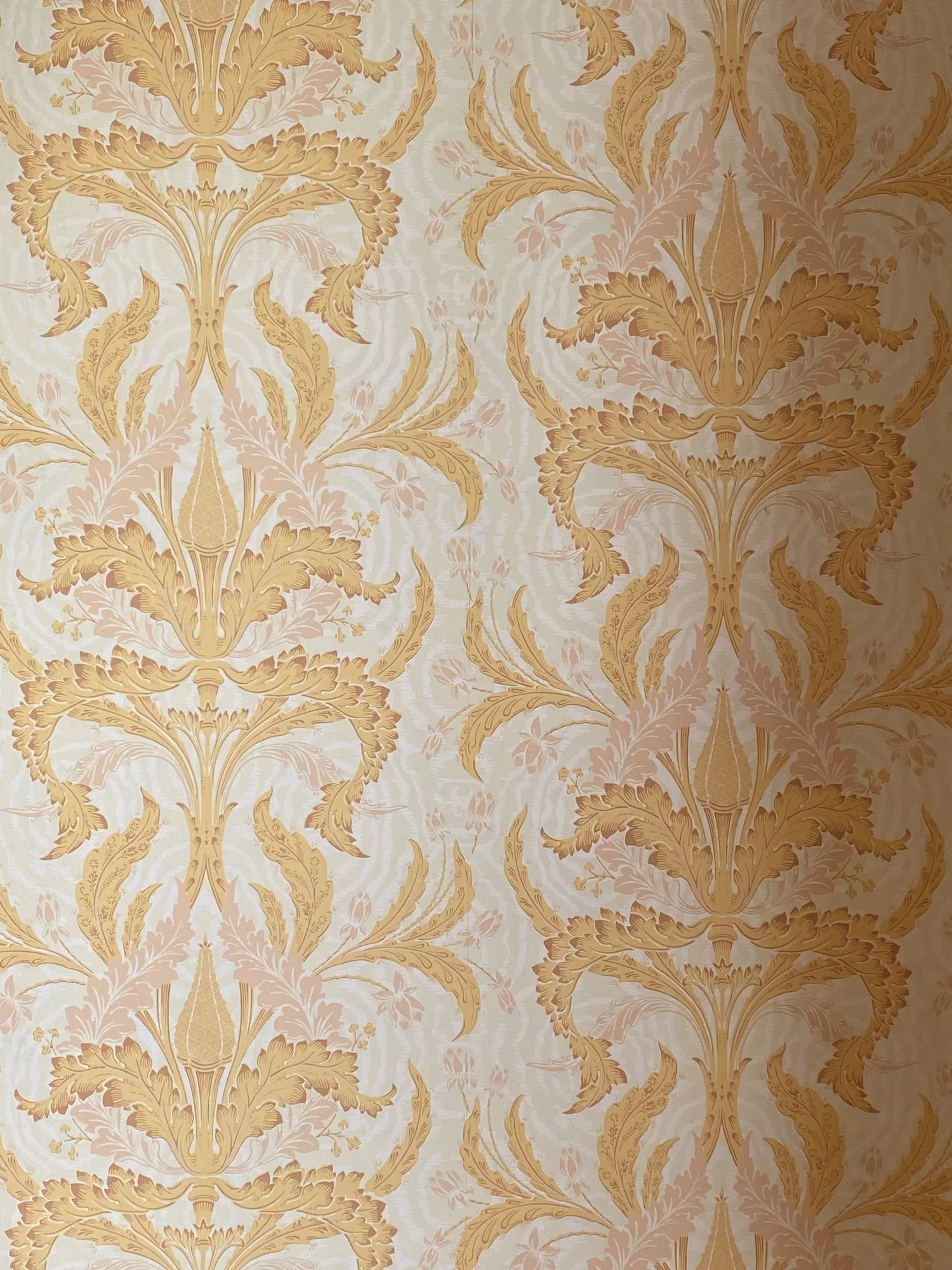Ormond Quay: Living above the shop
18 Ormond Quay, prominently located on the river Liffey in Dublin’s city centre, is a merchant building dating from 1843, with a shop premises at street level and living accommodation on the three upper floors. Between 2016 and 2020 , it was meticulously conserved and restored by the Dublin Civic Trust, as a flagship demonstration project of how such historic urban buildings can be brought back to life. The Trust’s efforts were rewarded in 2021, when 18 Ormond Quay won a Europa Nostra Award – the European Union’s highest recognition of achievement in promoting cultural heritage.
Since its foundation in 1992, the Civic Trust’s mission has been to demonstrate best practice in the preservation and use of Dublin’s historic building stock, an aim it fulfils by means of a ‘revolving fund’. This enables them to buy an at-risk building, restore it according to best conservation practice, and then sell it to new owners, using the proceeds to fund the next project. Ormond Quay is the eighth building the Trust has restored. Their hope is that by demonstrating the value – cultural, social and environmental -of maintaining modest buildings like this, the loss of historic streetscapes through relentless, investment-driven development may be countered.
The Europa Nostra jury paid tribute to the Trust’s approach, but also to the degree of research that underpinned the restoration, specifically mentioning the wallpaper choices and their rationale:
“Meticulous research was carried out with significant efforts made to ensure a conservation-restoration that was consistent with the original values of the building and to conserve as much of the remaining details as possible. New features, such as the wallpaper, were carefully considered in terms of their authenticity. This humble, minimal conservation-restoration is nevertheless visible”.
The challenge of finding the right wallpapers for 18 Ormond Quay called for a close look at what was available in Dublin at the time the house was built the 1840s. This was made easier by the fact that several Dublin paper-stainers had registered their designs for copyright at exactly that time, and that samples of their patterns are preserved in the Registry of Designs in the National Archives in London. After a fascinating but exhausting day lifting and leafing through the gargantuan tomes which contain the samples, I returned to the Trust’s committee with a short list of candidates.
The first-floor front room, overlooking the River Liffey, must always have been the principal room of the house. For this space, a strikingly ornate five-colour damask was selected, made in the 1840s by James Boswell, the leading Dublin wallpaper printer of the time. Boswell’s factory was located a few steps away from Ormond Quay on Bachelors Walk - so in one sense this pattern has not travelled far.
I screen-printed the pattern of acanthus leaves in its original, unusual - but effective - combination of golden yellow, pink and sienna over a sub-pattern imitating watered silk, printed with a slight reflective sheen. Stylish, unorthodox and entirely of its time and place, Boswell’s pattern combines perfectly with dark-stained woodwork and carefully-sourced brown furniture to evoke a spirit of an early-Victorian parlour.
Boswell Ormond
In the room above the parlour, a two-tone stripe composed of stylised flowers and pin-dots was chosen, a copy of an early machine printed paper by Dubliner Paul Perrin, who registered the design in 1854. The reproduction paper was printed digitally – this allowed the subtle variations in tone left by the print rollers to be reproduced, a feature which would be difficult to achieve with screen-printing.
Perrin Stripe
Perrin Stripe
For the attic bedroom the choice was a simple but beautiful two-colour floral trail, copied from an anonymous fragment found in a house in Dawson Street by John O’Connell, and now in the wallpaper archive in Fota House.
Ormond Flower
‘Boswell Ormond’, ‘Perrin Stripe’ and ‘Ormond Flower’ are all available to order, and can be custom coloured.



